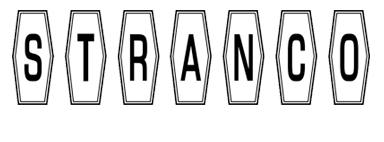While printed circuit boards are an integral component of modern electronics today, their origin began in the early 20th century. Inventors embarked on quests to eliminate the necessity for complicated wiring. Though innovative for the time, PCBs were not popularized until Paul Eisler, an Austrian inventor and the father of the PCB industry, implemented his patented design into small radio sets.
Eisler demonstrated this device to both American and British military officials, where Americans saw the potential of his dynamic design and used his PCBs in their anti-aircraft shells, according to Keystone Electronics Corporation. With the invention of the PCB, strips of conductive material eliminate the need for complex wiring, which made mass production of electronic devices and appliances a reality.
In the early 20th century, these first PCBs were made with Masonite, layered cardboard, Bakelite and wooden planks, according to Advanced Circuits, the third largest printed circuit board manufacturer in the country. Over the following decades, though new types of materials were introduced to PCB manufacturing, they were singled-sided, unlike PCBs today. During the mid-20th century, essential components were on one side of the PCB, with the circuitry on the other. With the introduction of new technologies, innovative new materials were introduced, along with the ability to connect both sides of circuits electrically. The field continues to discover new advancements each year.
"Miniaturization of electronic products continue to drive printed circuit board manufacturing technology and design towards smaller and more densely packed boards with increased electronic capabilities," James Brown at Rapid PCB wrote. "Future advancements may include three-dimensional molded plastic boards and the increased use of integrated circuit chips, POP (package on package) as well as embedded components. These and other advancements will keep the design and manufacture of printed circuit boards a dynamic and constantly evolving industry for many years to come."
"Strips of conductive material eliminate the need for complex wiring."
In the PCB manufacturing industry, companies are also constantly seeking out alternative means to achieve ultimate product reliability, while cutting costs to better meet the needs of their customers. This need for creating better products and more efficient manufacturing processes stems from a need to rise above the competition in an increasingly crowded marketplace.
Products in the printed circuit board industry face particularly harsh environments during the manufacturing process, which is why many of these manufacturers consistently look for better ways to protect their PCBs and any labeling applications that must remain intact.
"Billions of circuit boards are produced worldwide each year, and most will be subjected to considerable performance demands," Henkel, a manufacturer in the consumer and industrial sector, explained. "PCBs mechanically support and connect electronic components using conductive pathways, tracks or signal traces."
While protecting the PCB itself through protecting coating and sealant is important, applying a label that is able to withstand the high temperatures, abrasive chemicals and high-moisture content during the manufacturing process is essential. Barcode labeling is one of the most important elements in product identification, which will speed up production and pave the way for streamlined distribution.
At Stranco, our polyimide thermal transfer barcode labels are specially engineered to maintain their integrity during the PCB manufacturing process and withstand the harsh chemicals, moisture and high temperatures. We offer both pre-printed and blank barcode labels, so feel free to contact us today to learn more about how any of our solutions can best meet your specific labeling requirements.


